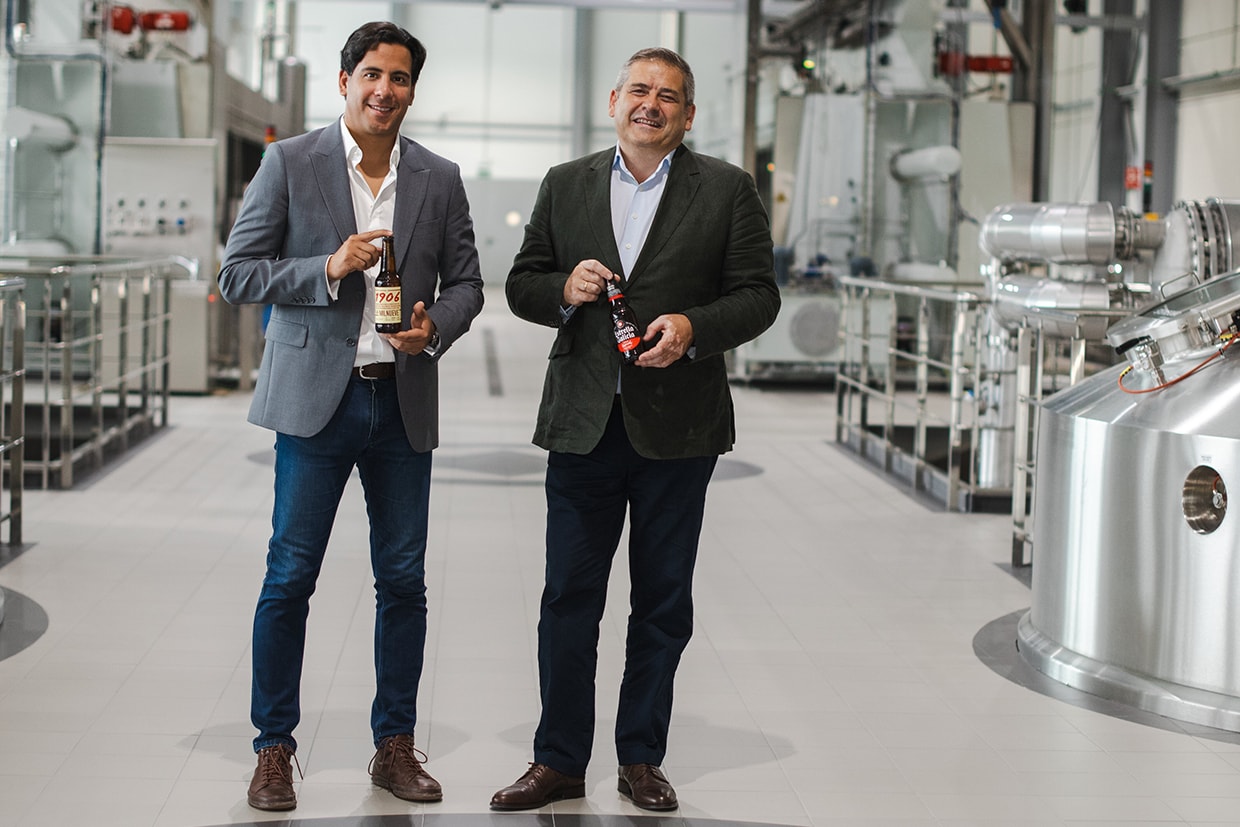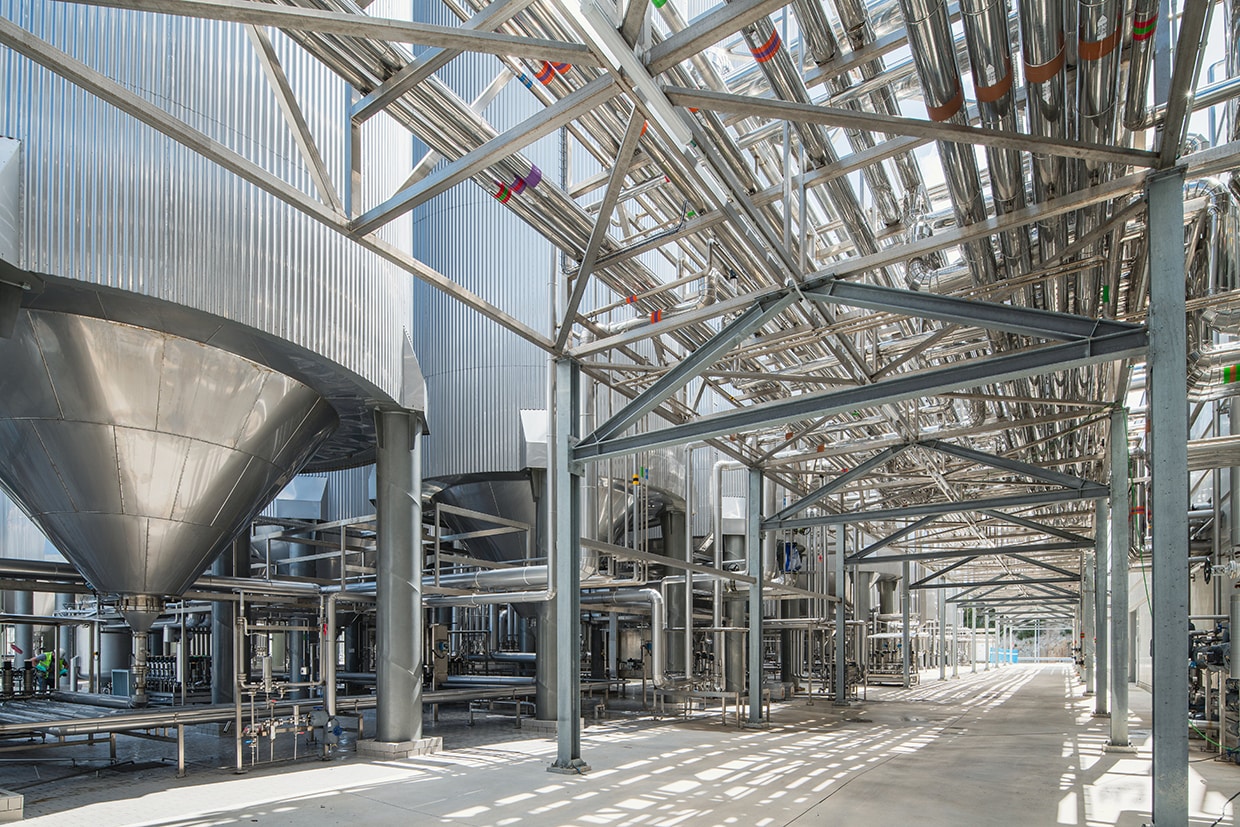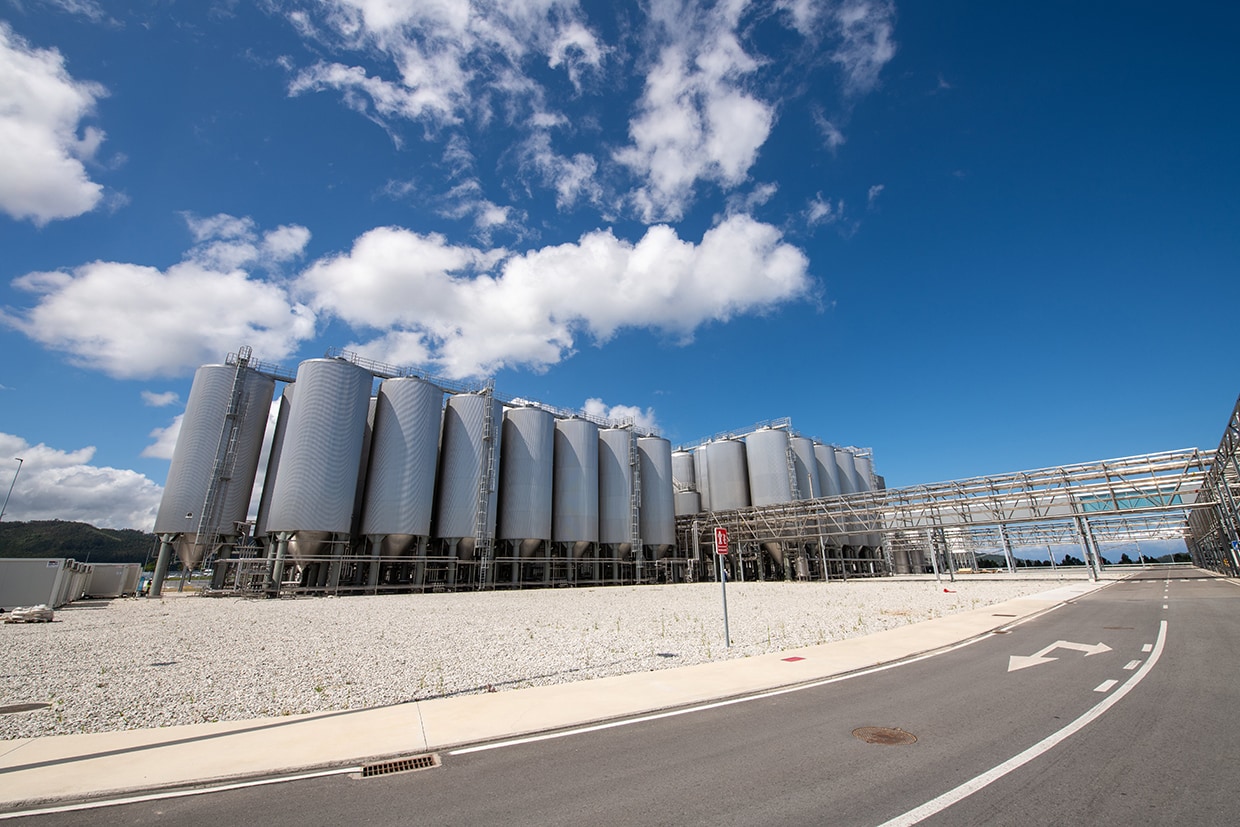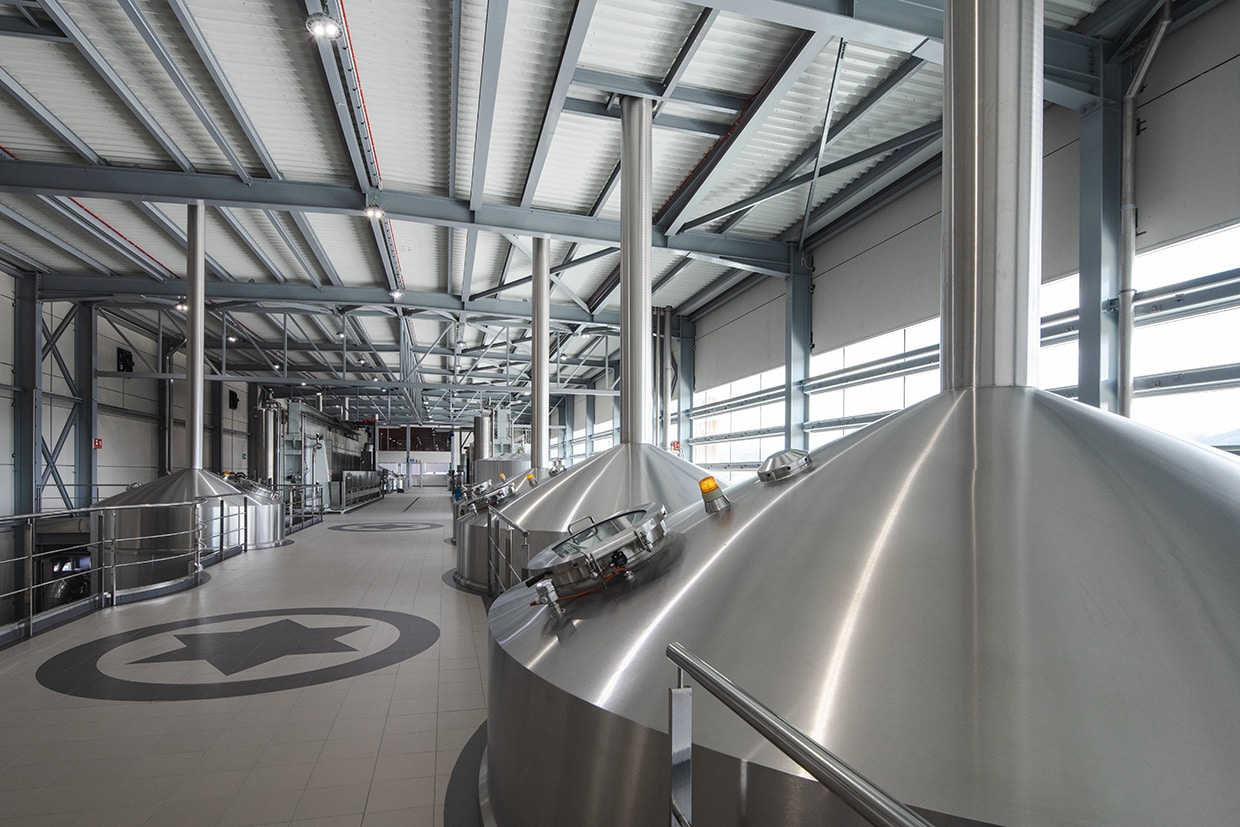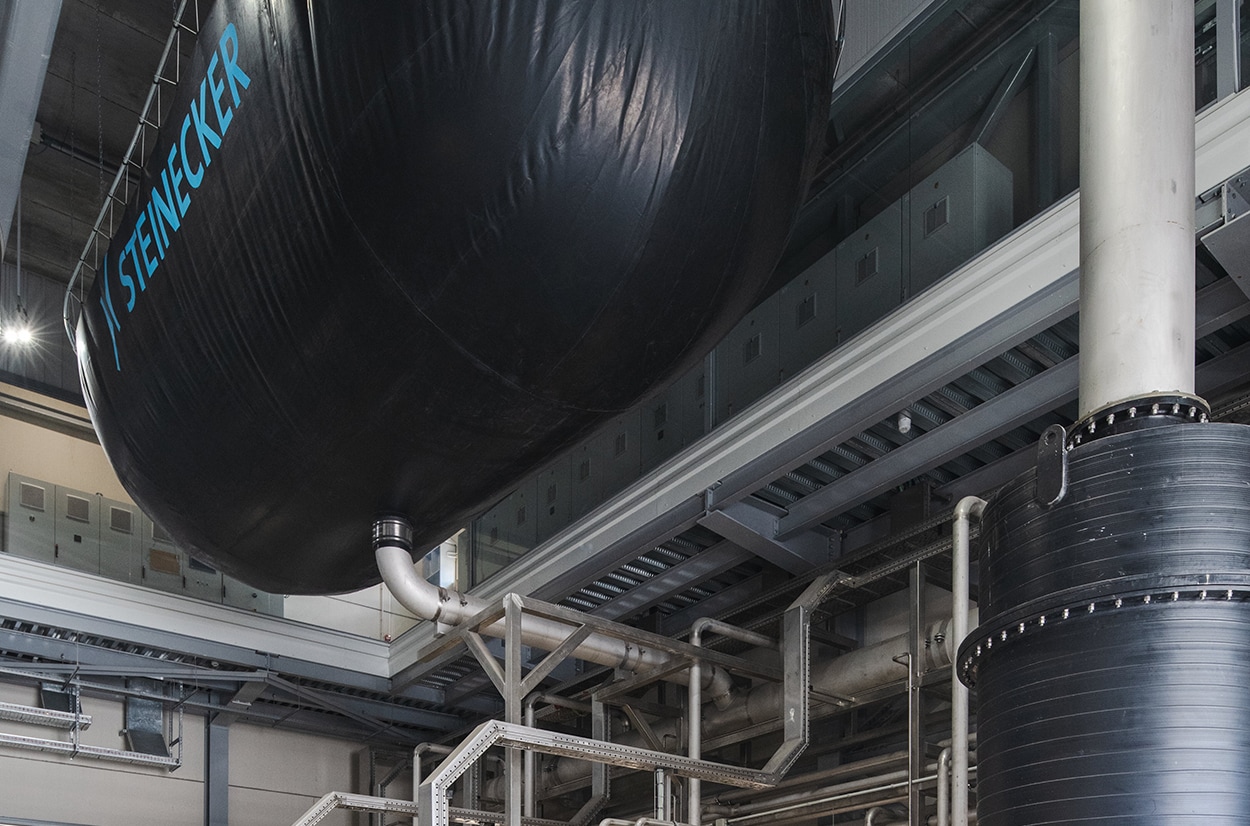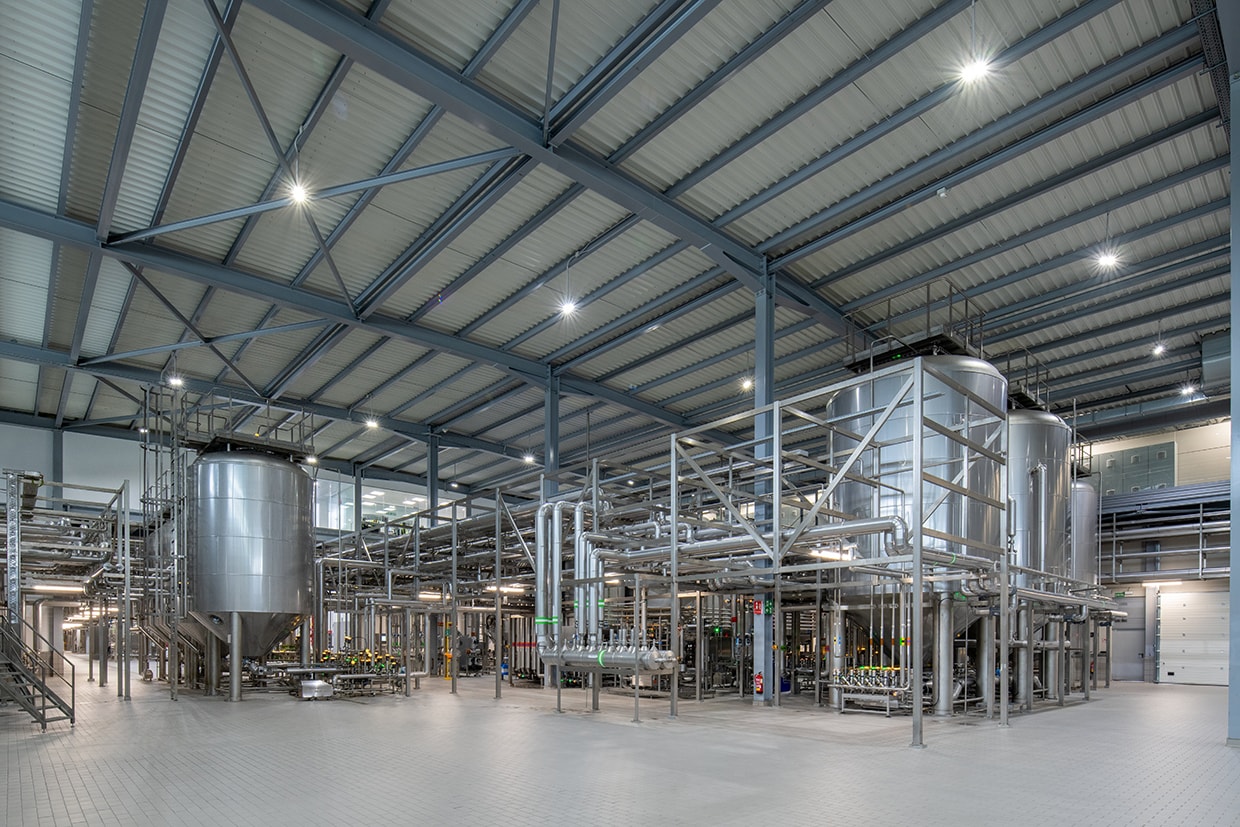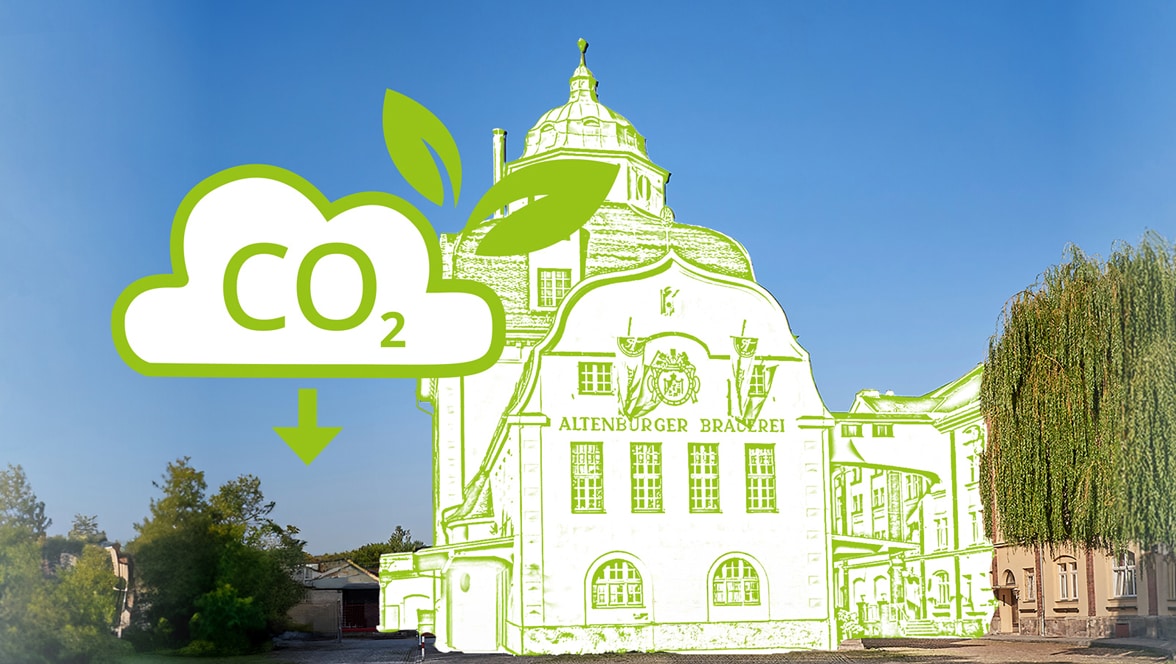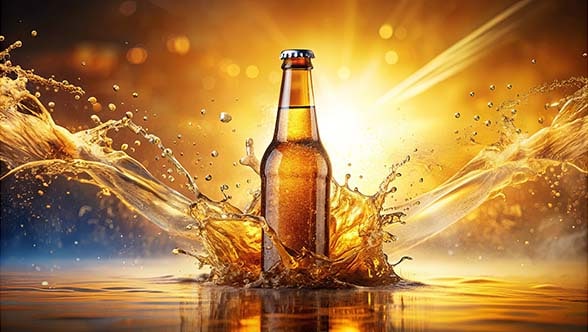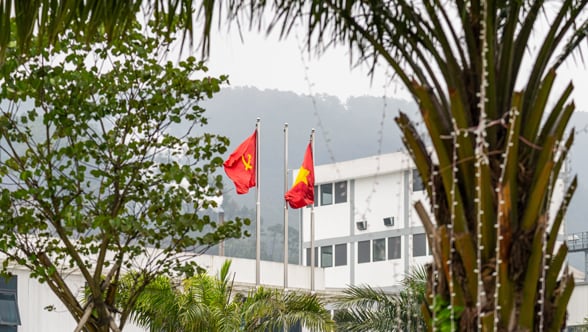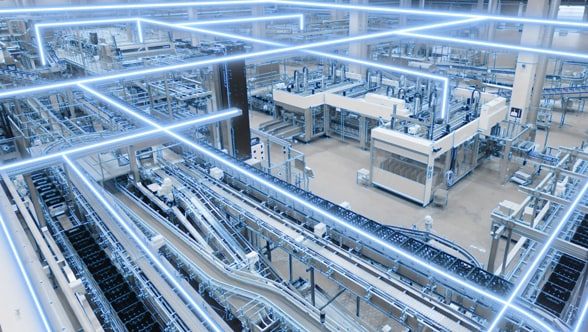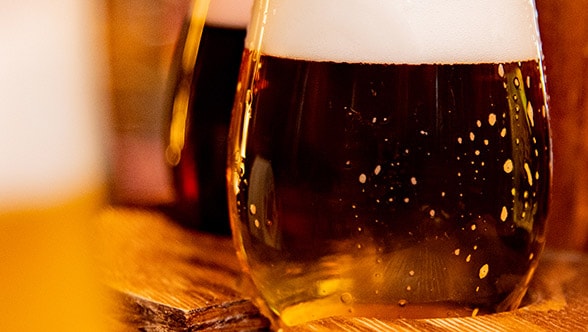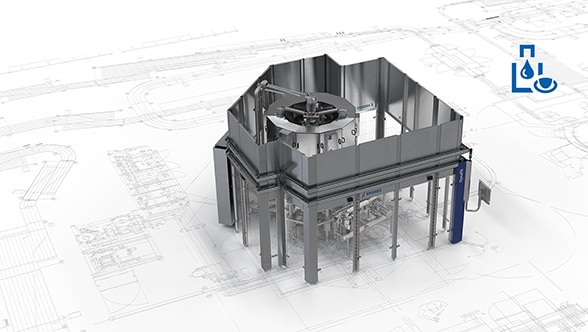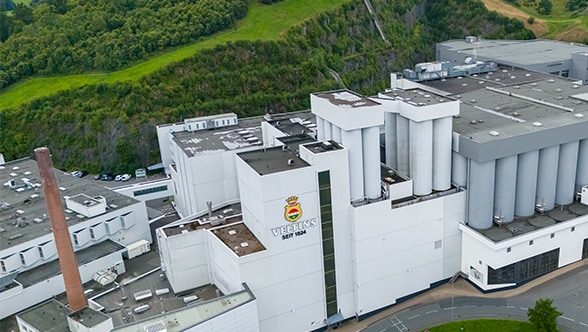What’s new compared with the old brewery is the EquiTherm energy recovery system, which supplies the mashing process with heat recovered from wort cooling. “That makes a huge difference in energy consumption,” says Nicolás Deus. The brewery and all lines and systems have entirely been geared to maximising energy efficiency. Overall evaporation, for example, comes to only three to four per cent. The company also invested in a system for recovering the CO2 produced during fermentation, thus reducing not only the amount of CO2 that the brewery has to buy but also its carbon footprint to a substantial extent. The system treats around four tons of raw gas per hour, making it one of the biggest ever built by Steinecker. Sustainability is the overarching target determining all the decisions taken, as Nicolás Deus emphasises: “We’ve set our sights not only on profits but also on our “Positive Impact” philosophy. Whenever we’ve needed extra money for sustainability-boosting measures, the board has approved it.”
Another special feature is the complex piping layout between the brewhouses and the cellars, which enables the product to be passed from one brewing line to the other. For example the output of Brewhouse One can be fed into Fermentation Cellar Two, and vice versa. Steinecker appropriately modified the relevant software and used controllable valve technology from Evoguard to translate that special layout into shopfloor reality. “We intensively discussed this feature because it is a good deal more expensive,” recalls Nicolás Deus. But it gives Estrella Galicia exactly the flexibility they need because the brewery is now able to transfer the product from one brewing line to the other at almost any point: before and after the whirlpools, on the path to the fermentation tank or the yeast management system, when passing the beer to the bright-beer cellar, between the fermentation and maturation tanks, and between the filtration lines. Miguel Calvo explains the advantages provided: “For example, we’re not tied to one line because it has been planned for yeast pitching or just because it has some other limiting factors. We can then simply pass the product to the other line. We’ve already made use of that option many times since commissioning the line, so it’s paid off even now. And Steinecker really implemented that complex system very well.”
Maximum levels of flexibility and efficiency enable us to perform the tricky balancing act of keeping our “slow cook” process while at the same time meeting the requirements posed by the global market.
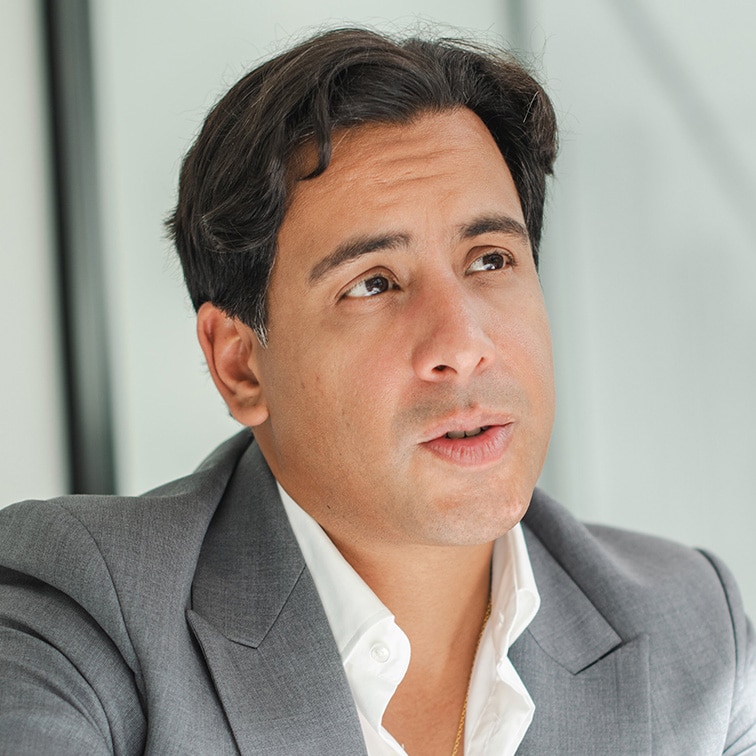 Miguel CalvoDirector of Engineering at Hijos de Rivera
Miguel CalvoDirector of Engineering at Hijos de Rivera
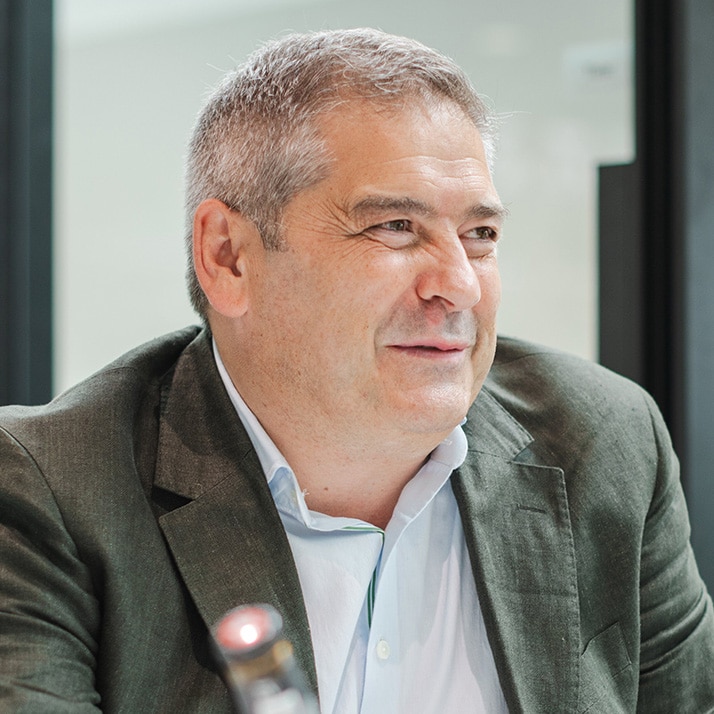 Nicolás DeusDirector Global Operations at Hijos de Rivera
Nicolás DeusDirector Global Operations at Hijos de Rivera


